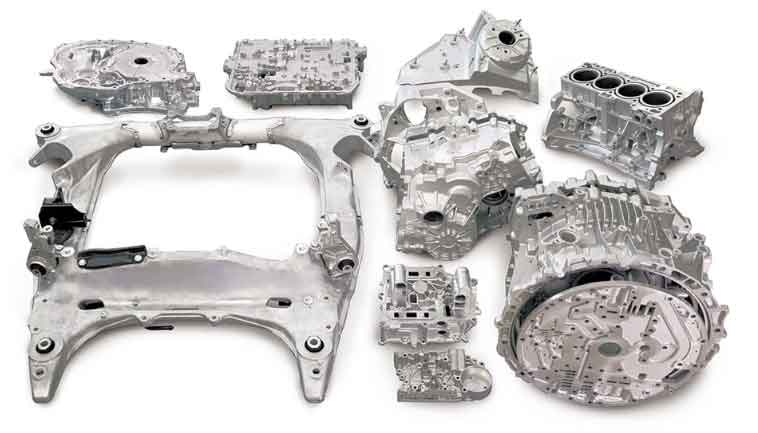Die casting is known for its ability to achieve tight tolerances, making it a preferred manufacturing method when precision and perfection are required. Here are some key factors that contribute to the ability of die casting to achieve tight tolerances:

- High Precision Tooling: Die casting relies on high-quality and precision-made dies or molds. These dies are typically machined to very tight tolerances, ensuring the accurate reproduction of the desired part geometry. The use of advanced machining techniques and technologies allows for the creation of dies with high precision and dimensional accuracy.
- Uniform Mold Filling: During the die casting process, molten metal is injected into the die cavity under high pressure. The high pressure helps in achieving a uniform and consistent filling of the mold, ensuring that the molten metal reaches all intricate details and features of the die. This uniform filling contributes to the accurate replication of the part geometry and helps in achieving tight tolerances.
- Minimal Shrinkage and Distortion: Die casting minimizes shrinkage and distortion compared to other casting methods. The high pressure applied during the process helps in reducing the amount of shrinkage that occurs as the metal solidifies. This leads to parts with more accurate dimensions and shapes, contributing to tight tolerances.
- Dimensional Stability of Metals: The metals used in die casting, such as aluminum, zinc, and magnesium alloys, have excellent dimensional stability. These alloys exhibit minimal post-casting dimensional changes, allowing for consistent part dimensions and tight tolerances. This is particularly beneficial for parts that require precise fitment or assembly.
- Machining and Finishing Capabilities: While die casting achieves tight tolerances, some post-casting machining and finishing operations may still be required to achieve the final desired dimensions. These operations, such as milling, drilling, and grinding, allow for further refinement and precision. Die casting provides a solid foundation for subsequent machining processes, resulting in parts with even tighter tolerances.
- Process Control and Monitoring: Die casting processes can be closely monitored and controlled to ensure consistent part quality and tight tolerances. Advanced technologies, such as real-time monitoring, sensing systems, and process control software, help in detecting and correcting any deviations that may affect dimensional accuracy.
- Quality Assurance and Inspection: Die casting manufacturers employ comprehensive quality assurance measures to verify the dimensional accuracy and tolerances of the cast parts. This includes various inspection techniques, such as coordinate measuring machines (CMM), optical measurement systems, and visual inspections, to ensure that the parts meet the required specifications.
The combination of precise tooling, uniform mold filling, dimensional stability of metals, machining capabilities, process control, and quality assurance measures enables die casting to achieve tight tolerances. This makes die casting a preferred choice for applications that demand high precision, such as automotive, aerospace, electronics, and other industries where dimensional accuracy and repeatability are critical.
